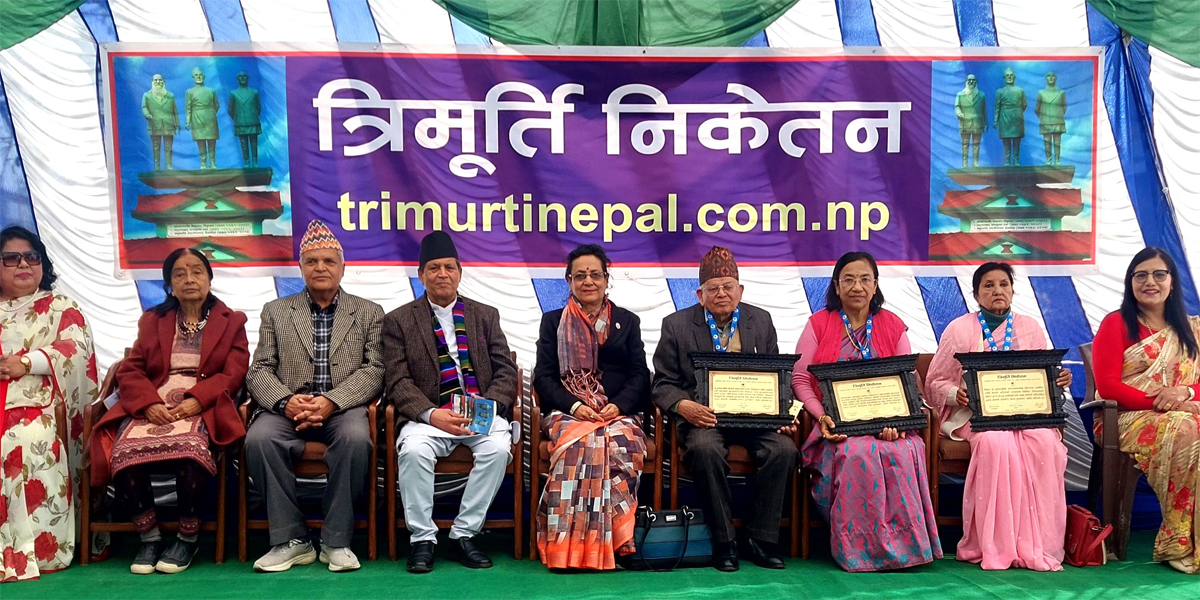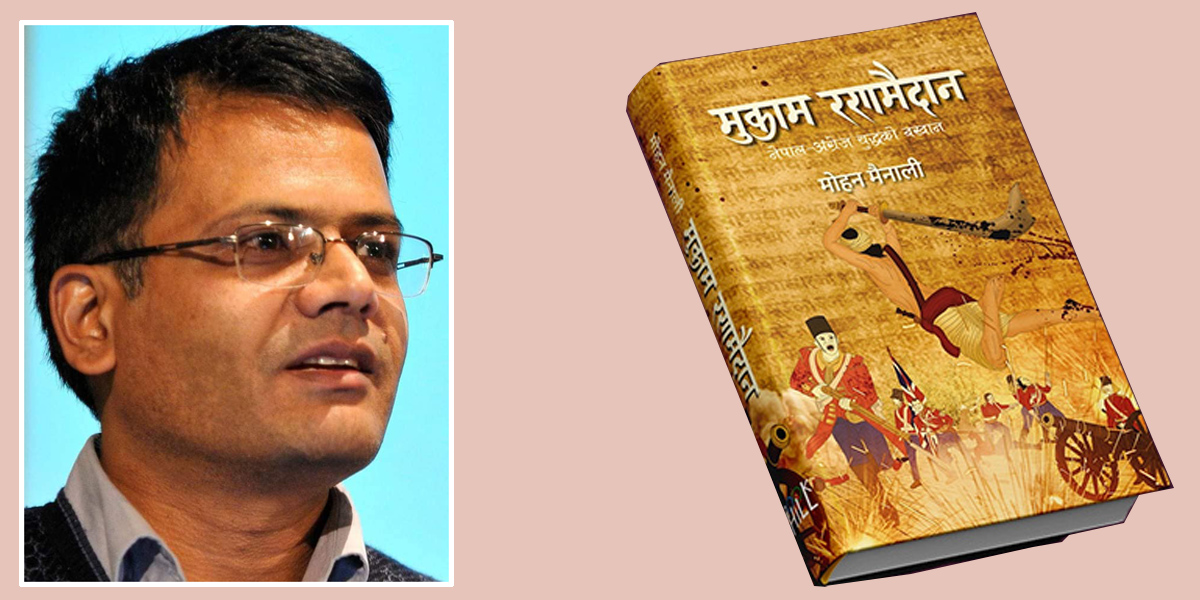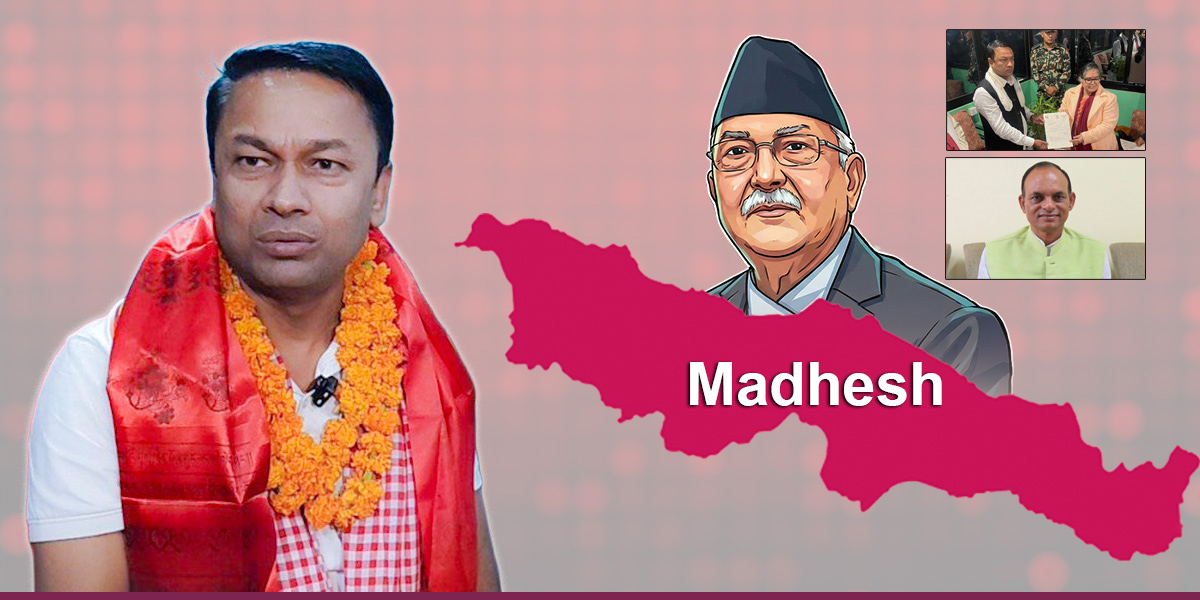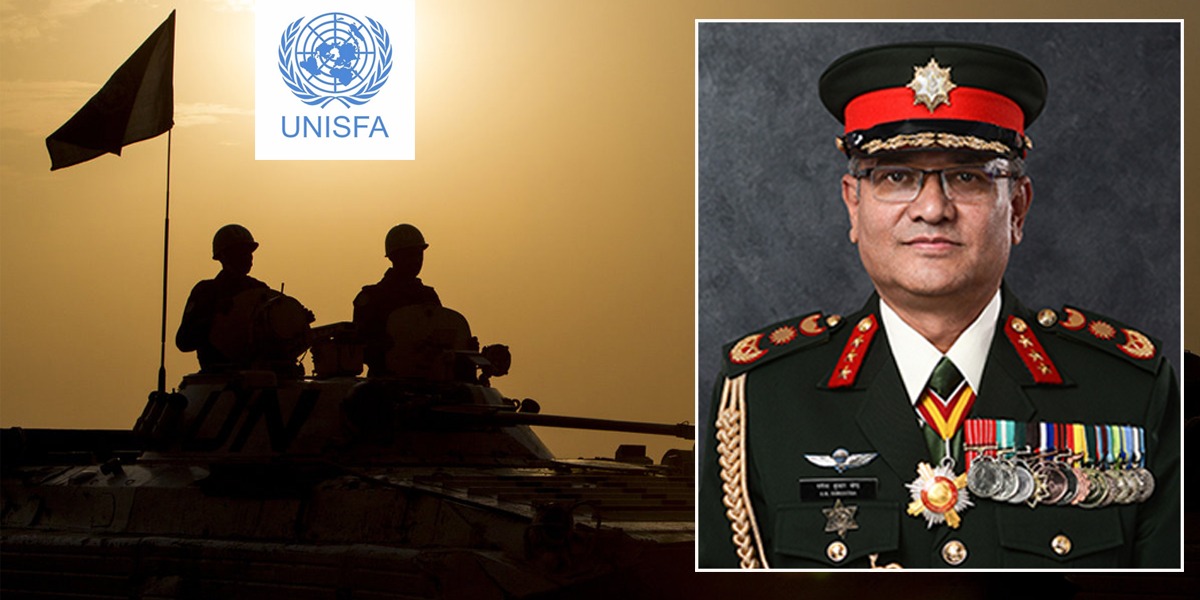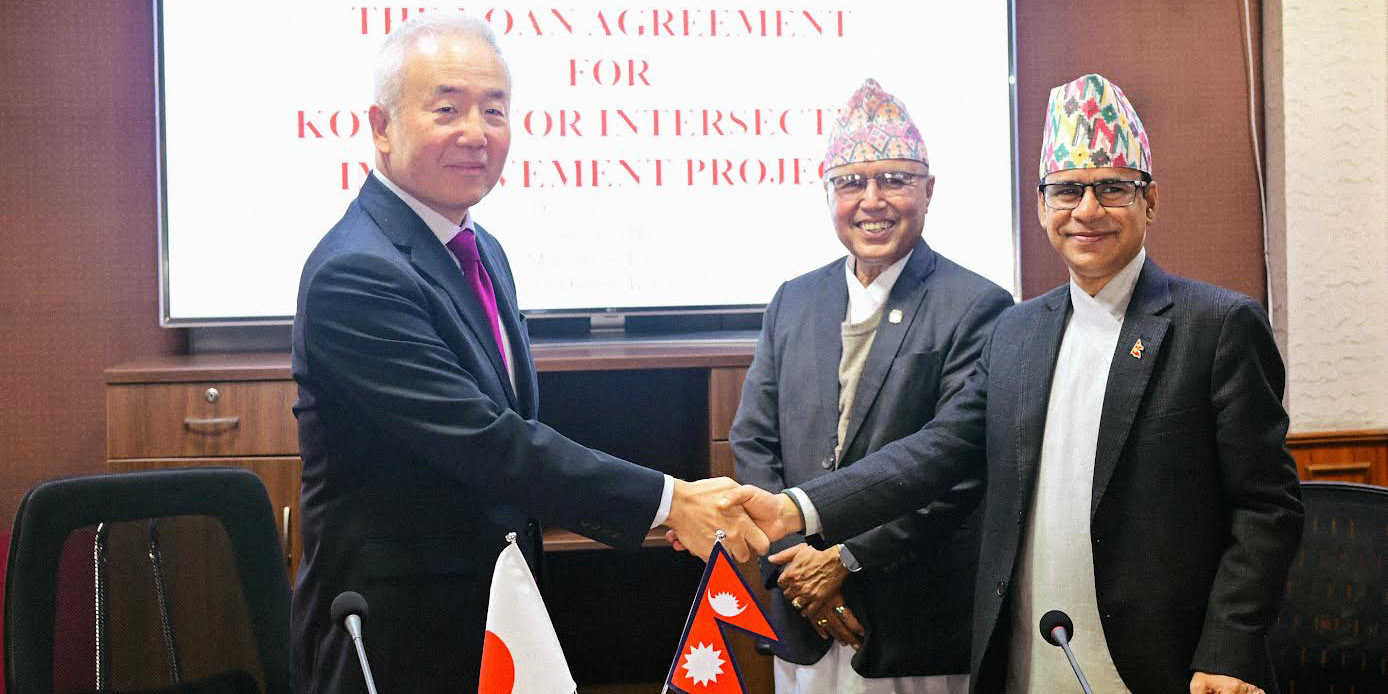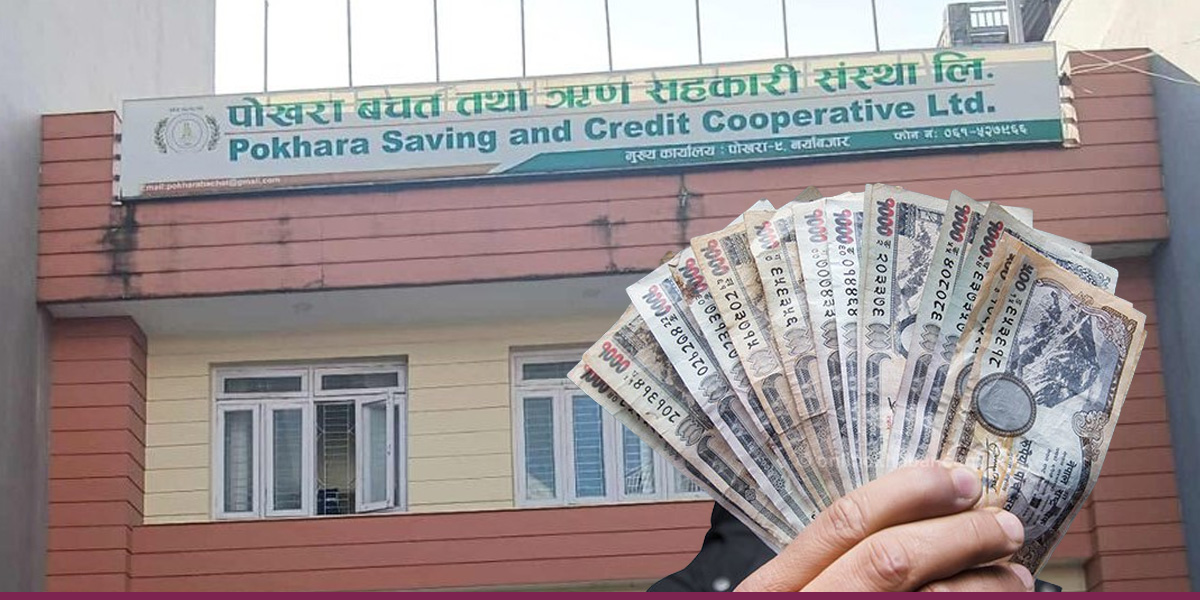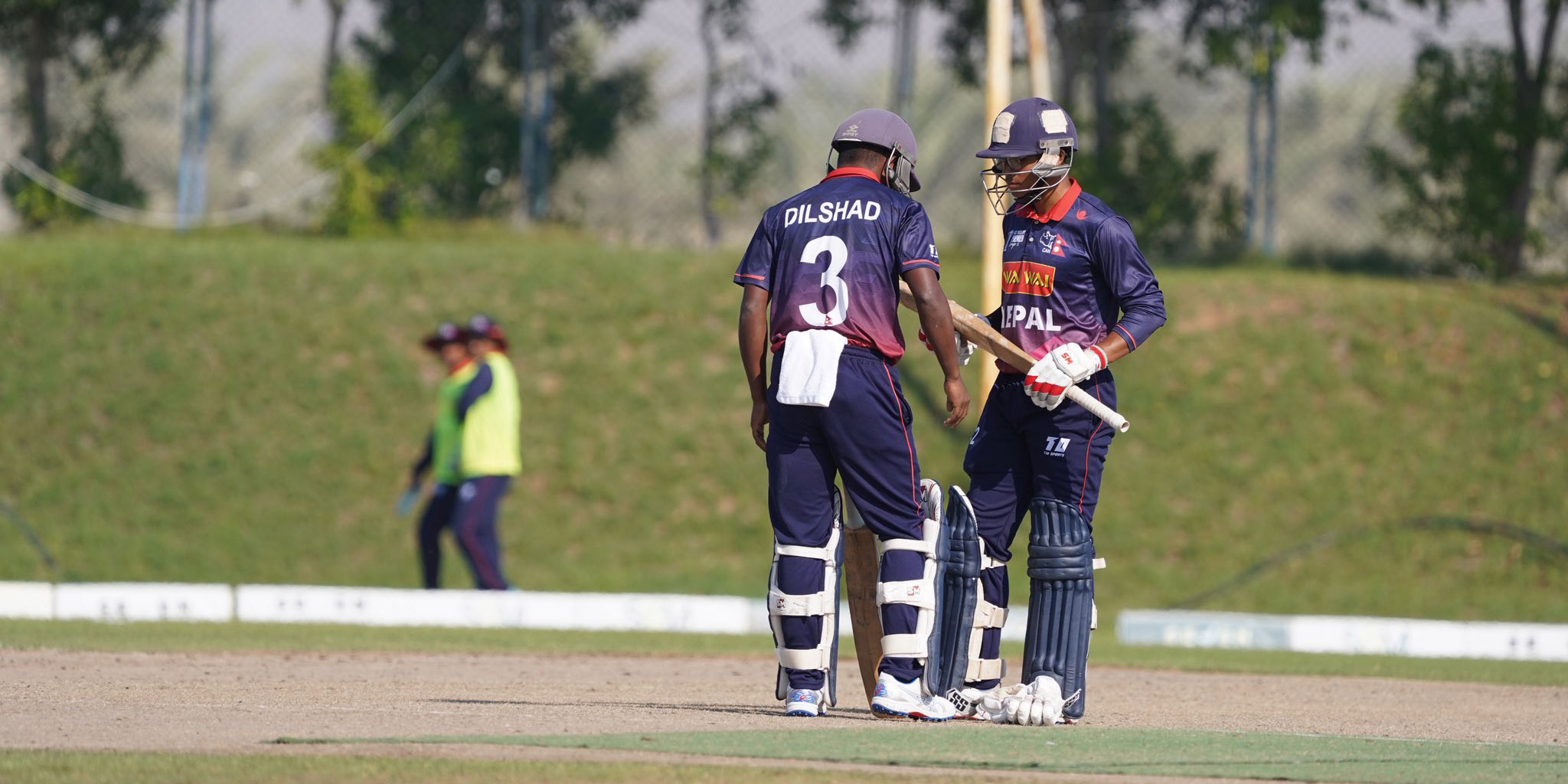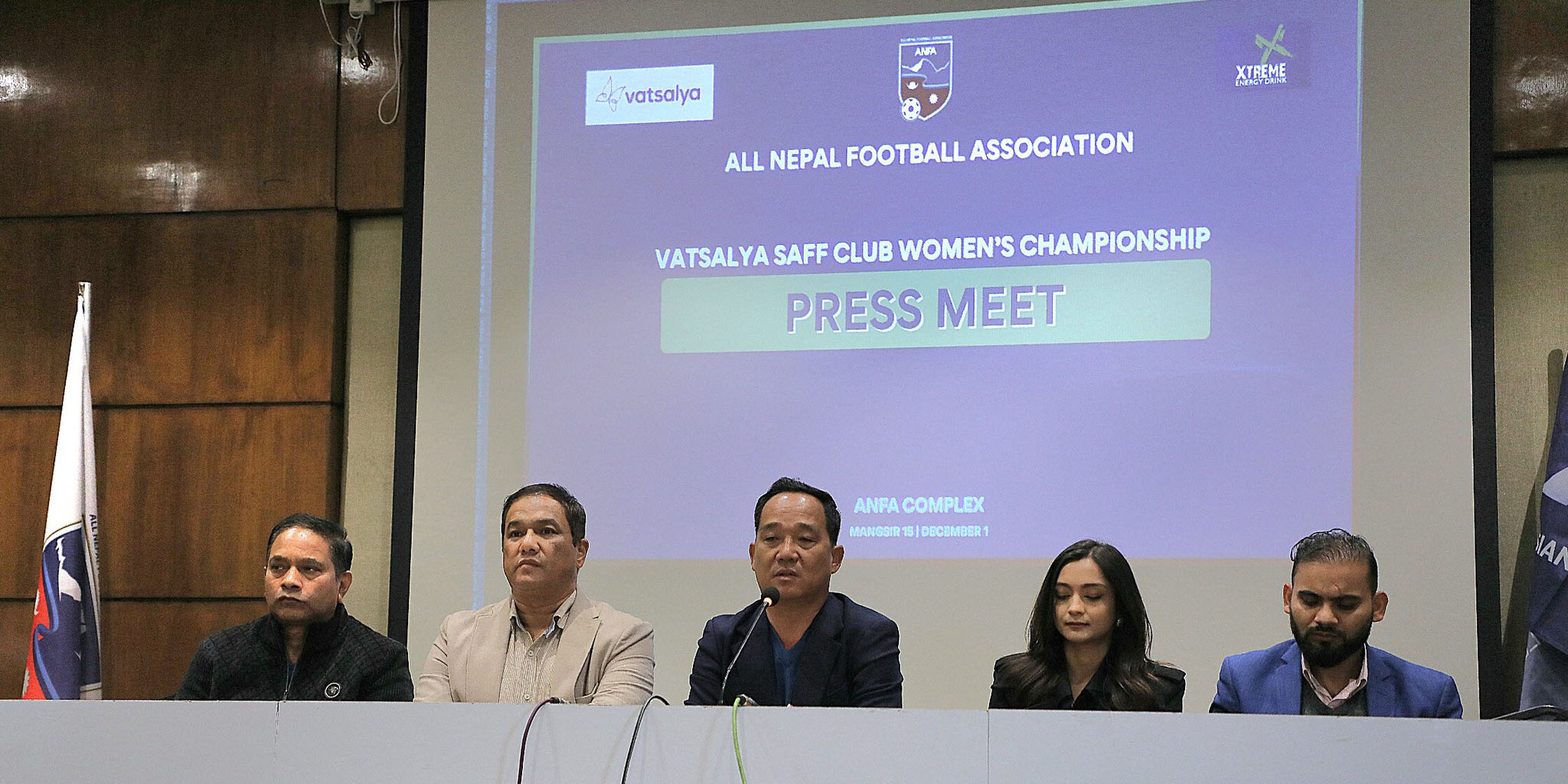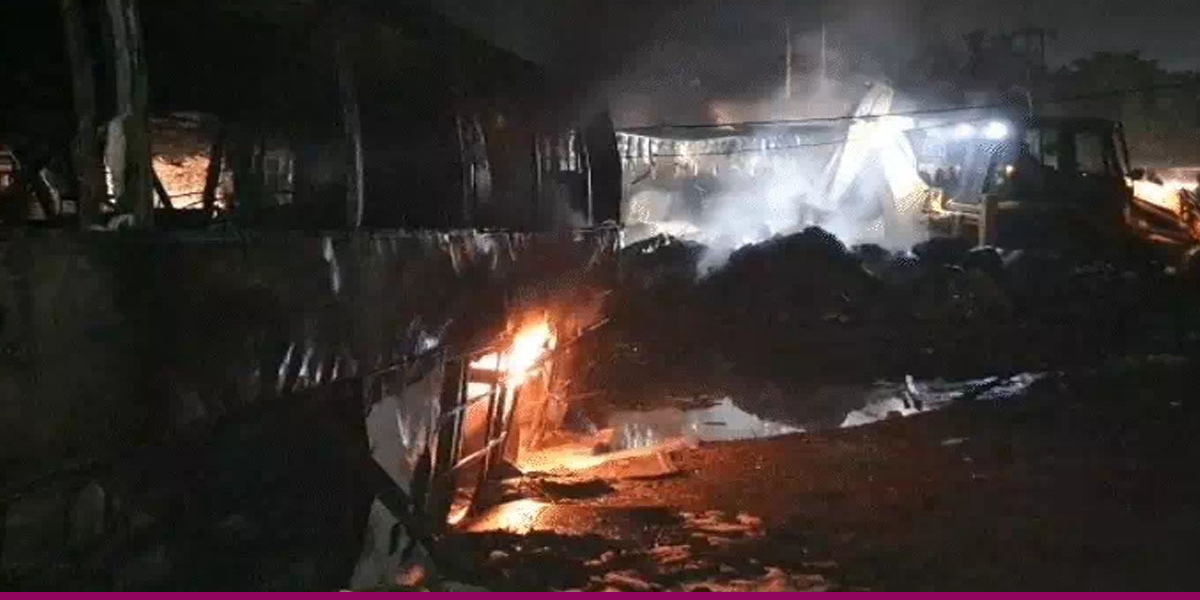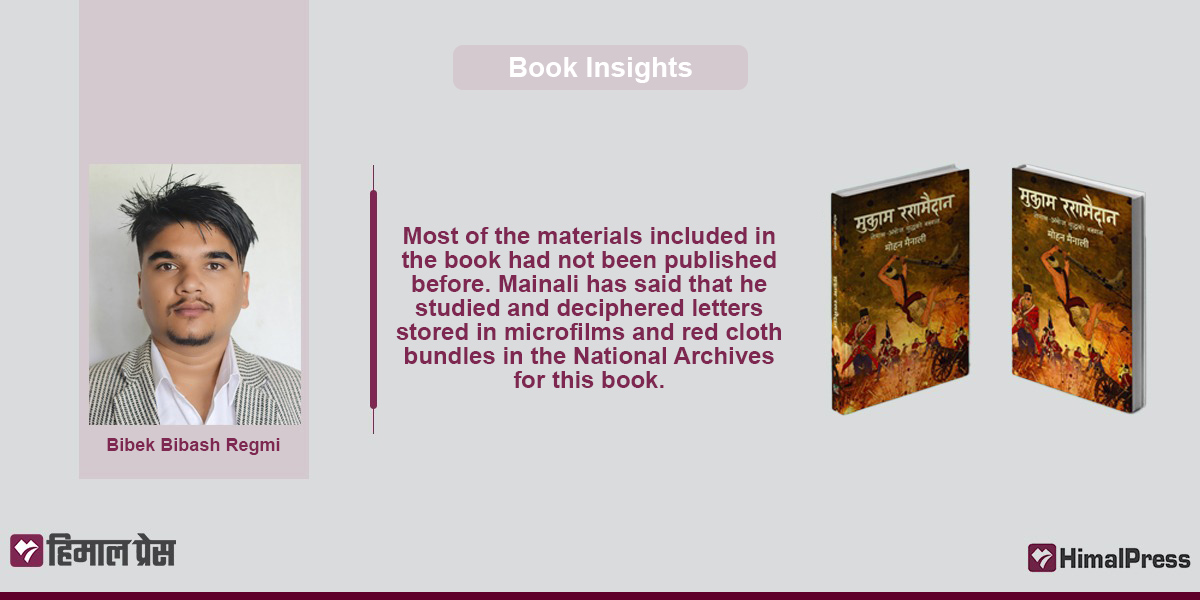
The Anglo-Nepalese War is considered the largest and longest war Nepal ever fought against a foreign power. The war began on October 26, 1814, at Nalapani (now in India) and concluded on Kartik 10, 1871 BS, in Makwanpur. Author Mohan Mainali has chronicled these events in his book “Mukam Ranamaidan” (literal translation – Battlefield Encampment).
Many people earlier had no idea how, when, where, and why this war was fought, as well as about the circumstances surrounding the Sugauli Treaty. The publication of this book has cleared much of this confusion. As a result, “Mukam Ranamaidan” has become the authoritative account of the war between Nepal and the British. It is among the five books shortlisted for the prestigious Madan Puraskar this year.
Mainali has made every possible effort to authenticate the subject matter by using numerous reference materials. The letters written by soldiers and commanders from both sides serve as crucial evidence to corroborate the war’s events. Mainali has studied these letters and presented them verbatim. He has also included maps to make sure that readers have no confusion. This has helped make his account authoritative. Consequently, the book has become an authentic historical document.
Mainali prepared the book after an in-depth study of previously written materials in English, Nepali and Hindi. It clearly reflects the author’s research, study and investigation of documents related to the Ango-Nepal War.
Most of the materials included in the book had not been published before. Mainali has mentioned that he studied and deciphered letters stored in microfilms and red cloth bundles in the National Archives. These letters were written in slightly different characters, language and words than those used today. He interpreted these word by word, converting dates from the Gregorian calendar to the Vikram Samvat, to uncover previously unrevealed information about the war.
The book contains 30 chapters, including the author’s note, clarifications, appendices and an index. The 280-page book also includes maps of the Anglo-Nepalese War events (showing places where battles took place).
The story begins in Nalapani which the British chose for their attack on Nepal. It concludes with the abolition of the annual recruitment system for soldiers in 1932, after which their service became permanent. The book meticulously details the encounters between Gorkha soldiers and the British, the territory Nepal lost in the war as well as the treaties and agreements that the two countries have signed.
Mainali writes in the chapter ‘Sulaha Prayas’ (Resolution Efforts): “Many wars are fought to make treaties, to fulfill one’s interests through conditions. The British started this war not to conquer Nepal, but to teach it a lesson, to shrink its size, to make it incapable of ever rising against them, and to maintain their prestige in Asia. Therefore, they wanted to make a treaty as soon as possible.”
The same chapter describes the events of the Sugauli Treaty. On Mangsir 19, 1872 BS, Gajaraj Mishra and Chandra Shekhar Upadhyaya met David Ochterlony and signed the treaty.
“With the fresh experience of not being able to save so much territory, it is unclear what courage, wisdom or thought led Nepal to prepare for another war with the British,” Mainali writes in his book.
The book states, “This treaty, signed by both parties at the camp of Bradshaw (Colonel Paris Bradshaw), who was authorized to sign the treaty with Nepal, is called the Sugauli Treaty. However, Nepal ratified the treaty only after about three months of long complications and battles on various fronts.”
According to the treaty, Nepal lost all territories west of the Mahakali and east of the Mechi rivers to British control. The British agreed to pay an annual allowance of Rs 200,000 to the courtiers who would lose land in the Tarai. “Nepal had to accept British decisions in case disputes arose between Nepal and Sikkim. Nepal could not employ British, European, or American citizens without British permission. Ambassadors were to be exchanged between the two countries,” Mainali writes.
However, Nepal considered fighting the British again. The book mentions that no one in Nepal was happy about giving up the Terai land for the treaty which led to a declaration of a new war. “With the fresh experience of not being able to save so much territory, it is unclear what courage, wisdom or thought led Nepal to prepare for another war with the British,” Mainali writes in his book.
The book also reveals that Nepalis were clever even back then. There was a large Nepali fort in Bijayapur, across the Koshi River. While Britishers were preparing to attack the area, they captured a Nepali soldier. The captured soldier told the Britishers that there are 7,000 seven thousand riflemen and 5,000 archers in the eastern hills. The British were scared that these forces might come down and attack.
The book provides additional evidence that the caste-based penal system, which gained legal status with the Muluki Ain in 1854, was already in practice. “A Jamdar and a Havaldar accused of treason and found guilty upon questioning were hanged in Shrinagar. The king had ordered that if such an offender was from a high caste, they should be killed, and if from a low caste, they should be chained.”
Since collaborating with the enemy during the was was considered treason, Sinhya Barakoti and Kalya Rana, who delivered a letter to the deposed King Shurbir Sen of Palpa, were hanged in a public place in Palpa.
“After the Anglo-Nepal War ended, prisoners of war were exchanged. These letters are like prisoners of war too. Captured people would die after some time, but these letters live on forever. Therefore, it is necessary to exchange these letters. We should hand over copies of English and Persian letters from our archives to them (Britishers), and they should give us our letters written in Nepali and Newari, or at least their translations if the originals are not available,” Mainali has written in one of his articles about the book. “Let the descendants or fellow countrymen of those who wrote and received these letters see them. The letter in the pile of war correspondence in Nepal’s archives, written by a British lover to her British beloved, would surely be invaluable to their descendants or British citizens.”
Every topic in the book is historical, and each piece of information is worthy of discussion. Moreover, this book is an authoritative resource for researchers. All activists orchestrating different types of protests should read this book. Whether protests are in the name of caste, religion, sect, or any other cause, if the activists read this book, they will not only learn about the war but also receive a new message about how Nepal fought an international power to save itself.
Weaving events from 210 years ago into a book in one’s own language and style is not a small feat. This book can be considered far superior in historical terms to Mainali’s previously published works – “Mantha Darayeko Jug” and “Dekheko Desh”. “Mukam Ranamaidan” is possibly the best book Mainali has written based on his studies and research so far.
About the Book
Title: Mukam Ranamaidan
Author: Mohan Mainali
Genre: Non-fiction (History)
Language: Nepali
Pages: 280
Price: Rs 700
Publishers: BookHill



